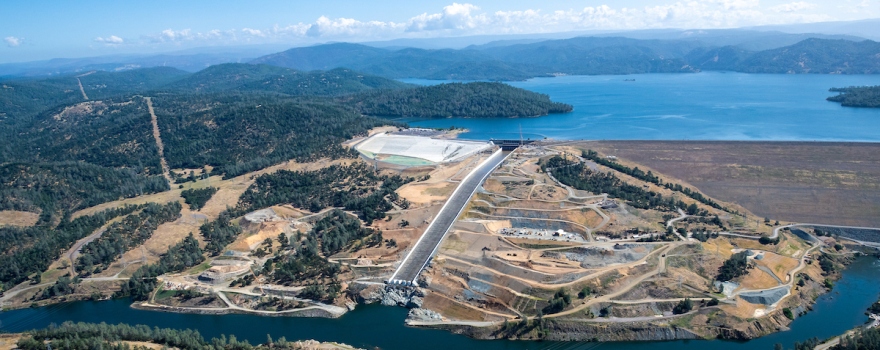
Florence Low / DWR
From the Department of Water Resources:
The Department of Water Resources (DWR) today announced it will increase the 2019 State Water Project (SWP) allocation to 75 percent from 70 percent. This is the final allocation for the calendar year. The initial allocation in November 2018 was 10 percent.
“This winter’s robust storms resulted in above average snowpack and reservoir levels bringing California a much-improved water year from last year,” said DWR Director Karla Nemeth. “The full reservoirs will provide a healthy buffer for if we return to drier conditions next year.”
California’s reservoirs continue to remain above their historical average thanks to the more than 30 atmospheric rivers since the start of the water year. Earlier this month, the statewide Sierra snowpack was 202 percent of normal. It’s California’s fifth largest snowpack dating back to 1950.
The increase in water deliveries to the 29 SWP contractors will provide additional water supply for more than 27 million Californians and 750,000 acres of farmland.
Lake Oroville, the SWP’s largest reservoir, is currently at 98 percent of capacity and 118 percent of average for this time of year. Shasta Lake, the Central Valley Project’s (CVP) largest reservoir, is at 98 percent of capacity and 118 percent of average. San Luis Reservoir, the largest off-stream reservoir in the United States where water is stored for the SWP and CVP, is at 75 percent of capacity and 108 percent of average. In Southern California, SWP’s Castaic Lake is at 94 percent of capacity and 107 percent of average.
Statewide snow water content, reservoir storage, precipitation, and releases to meet water supply and environmental demands are among several factors used in determining allocations.
Even in wet years, a 100 percent allocation is rare due to Delta pumping restrictions to protect threatened and endangered fish species. The last time the Project was able to allocate 100 percent was 2006.
The 2019 allocation of 75 percent amounts to 3,145,105 acre-feet of water.
DWR’s California Data Exchange Center website shows current water conditions at the state’s largest reservoirs and weather stations and measures current rain and snow precipitation.
——————————————–
Sign up for daily email service and you’ll always be one of the first to know!
- Sign up for daily emails and get all the Notebook’s aggregated and original water news content delivered to your email box by 9AM. Breaking news alerts like this one, too. Sign me up!
 Maven’s Notebook
Maven’s Notebook
constantly watching over the world of California water

